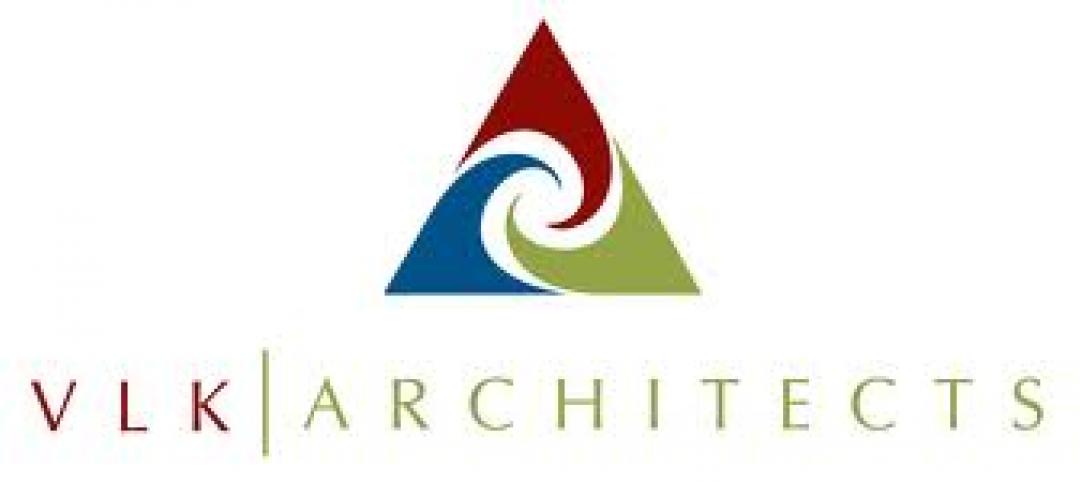Fifty-two weeks. An entire year. That’s how long project teams are having to wait for certain building materials, systems, and equipment in the post-Covid environment. These include critical core-and-shell materials like steel, steel deck, steel joists, and roofing components such as ISO foam board insulation and fasteners. Even readily available “off-the-shelf” products like drywall, metal framing, and paint have lead times. Not to mention near-historic price inflation levels and shipping costs across almost every product category.
Faced with these immense supply chain issues—on top of the ongoing skilled labor shortage—building teams are forced to employ aggressive product procurement tactics to pull off new construction and major reconstruction programs on schedule—and anywhere close to budget. Common strategies include real-time price tracking, product availability analysis during the design and bidding phases, more-optimal project planning (duh!), and sourcing locally, when possible.
Some project teams are looking to eliminate much of the guesswork around product availability and price inflation by employing early bulk-purchasing measures for entire building projects, even multi-build developments. This “buy-and-store” approach to product procurement has worked for several recent healthcare projects led by design and construction giant Haskell, says Denise Muth, Project Director with the firm’s Infrastructure and Transportation group.
ALSO SEE: How building owners and developers can get ahead of the next supply chain disaster
“For one hospital project, it was determined to buy the whole project out from the start and utilize local storage leased by the hospital,” says Muth. “On another project, we accelerated roofing, MEP equipment, elevators, and steel to help jumpstart the lead time process while the balance of design is completed. Depending on the stage of design, our owners are encouraged to purchase the entire project as quickly as possible.”
AEC industry consultant Ryan Bosworth, Principal with Rider Levett Bucknall, urges project teams to take advantage of the glut in vacant or derelict retail stores, especially big boxes, to purchase building products in bulk and warehouse them locally. “Landlords are begging for revenue while they reposition properties,” he says, adding that these spaces are relatively inexpensive to rent and require little build-out.
This bulk-purchasing approach, while effective, does have its obstacles, says Muth, including added front-loaded costs for owners/developers, insurance considerations related to storage facilities, and the risk of changes to specifications or design after materials have been ordered and stored.
Related Stories
| Feb 6, 2012
Siemens gifts Worcester Polytechnic Institute $100,000 for fire protection lab renovation
Siemens support is earmarked for the school’s Fire Protection Engineering Lab, a facility that has been forwarding engineering and other advanced degrees, graduating fire protection engineers since 1979.
| Feb 2, 2012
Call for Entries: 2012 Building Team Awards. Deadline March 2, 2012
Winning projects will be featured in the May issue of BD+C.
| Feb 2, 2012
VLK Architects selected for new Cypress, Texas elementary school
The Bridgeland Elementary School will be a new prototype school for the District. Designed to meet the requirements of The Collaborative for High Performance Schools.
| Feb 2, 2012
Mortenson Construction to build 2.4 MW solar project in North Carolina
Located on a 12 acre site in the Sandhills region, the 2.4 megawatt (MW) system is expected to generate approximately 3.5 million kilowatt hours (kWhs) of clean electricity on an annual basis.
| Feb 2, 2012
Shawmut Design and Construction launches sports venues division
Expansion caps year of growth for Shawmut.
| Feb 2, 2012
Fire rated glazing helps historic university preserve its past
When the University embarked on its first major addition since the opening of Hutchins Hall in 1933, preserving the Collegiate Gothic-style architecture was of utmost importance.
| Feb 2, 2012
Delk joins Gilbane Building Co.
Delk to focus on healthcare construction programs and highly complex higher education facilities for Gilbane Building Company’s Southwest region.
| Feb 2, 2012
Next phase of construction begins on Scripps Prebys Cardiovascular Institute
$456 million Institute will be comprehensive heart center for 21st Century.
| Feb 1, 2012
Increase notched in construction jobs, but unemployment rate still at 16%
AGC officials said that construction employment likely benefited from unseasonably warm weather across much of the country that extended the building season.
| Feb 1, 2012
Replacement windows eliminate weak link in the building envelope
Replacement or retrofit can help keep energy costs from going out the window.















